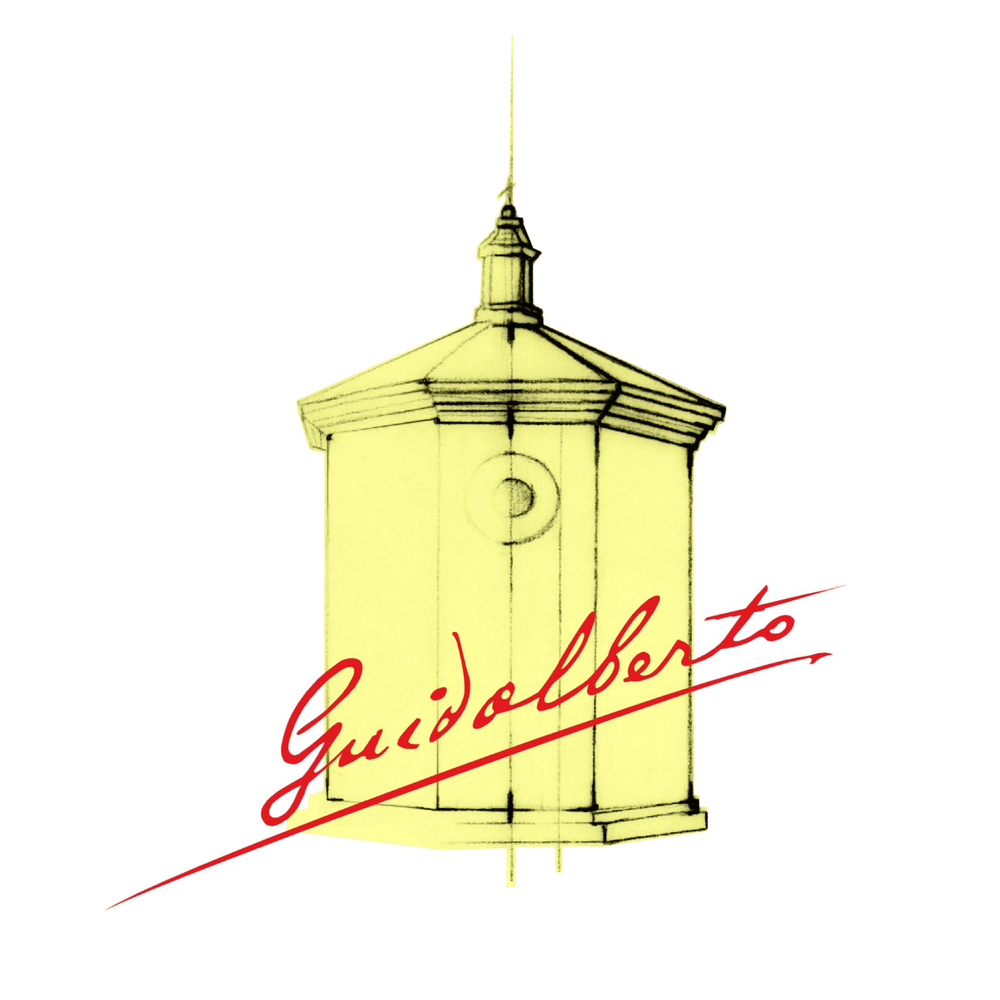Vintage
GUIDALBERTO 2016
CLASSIFICATION
IGT - Toscana
FIRST VINTAGE ON THE MARKET
2000
GRAPES
Cabernet Sauvignon, Merlot

SOIL STYLE
The soils on which the vineyards stand has varied and complex terrain features with a strong presence of limestone, feature areas rich in marl and pebbles as well as being partly clayey; they sit at an altitude of between 100 and 300 metres above sea level, with a south/south-west exposure.
WEATHER TRENDS
The 2016 vintage was one worthy of praise. The autumn was characterised by unusually warm and dry weather, except for a few rare downpours. The real winter arrived at the end of November with cold temperatures that remained low both during the day and at night until the end of January. February, on the other hand, was more of a wet month with a slight rise in temperatures. The rains were indispensable to guarantee the water reserve in the subsoil and to ensure that the plants could face the summer period without problems. At the beginning of April, the sharp rise in temperatures led to an anticipated budding of the vines of around 8-10 days, but the real arrival of summer took place with the second half of June, when rainfall and somewhat damp weather gave way to beautiful sunny days and summer temperatures, which, however, apart from the second ten days of July, always remained at seasonal levels without excesses. A few night showers in August offered coolness to the vines and washed the grapes, while the cool night breezes, conditioned by the sea, accentuated the development of aromas and ensured freshness and fragrance in the grapes, which ripened gradually, without excess sugar, in a harvest that was possible, thanks to optimal conditions, to last until the first ten days of October.
HARVESTING
The harvest began with the Merlots on the last day of August with high sugar levels but excellent acidity and pH values. Harvesting of the Cabernets began in the first ten days of September, starting with the Franc and followed by the Cabernet Sauvignon. Harvesting was completed on 1 October with excellent results in terms of both quantity and, above all, quality of the grapes. Excellent phenolic ripeness and great extraction of colour and structure in the grape musts. Healthy, crisp grapes without any problems.
FERMENTATION
Careful selection of the bunches using a sorting table. Extremely soft pressing and destemming. Fermentation in steel vats at a controlled temperature of around 30° - 31° C (without the addition of external yeasts), with maceration of the grapes for around 9-10 days for the Merlot and 12-15 days for the Cabernet. During fermentation, subsequent pumping over and offloading took place. The malolactic fermentations, in steel, started in the second ten days of October and were completed at the end of November.
AGEING
Once malolactic fermentation was complete, the wine was placed in French oak barriques, and a small part in American oak, where it was aged for a period between the 20 and 25 months. The duration of the ageing is technically decided on the basis of the seasonal trend of the vintage.